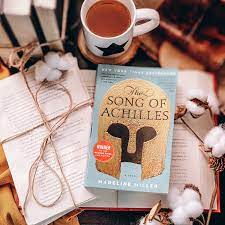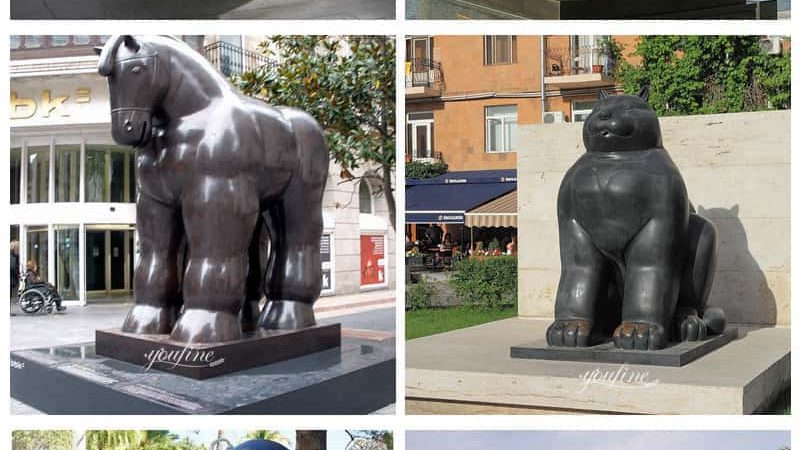304 Lenox Ave Nyc

Nestled within the heart of Harlem, 304 Lenox Ave stands as a testament to the rich history and cultural tapestry that defines this iconic New York City neighborhood. This historic building has woven its story into the fabric of Harlem, bearing witness to the area’s evolution while remaining a steadfast symbol of resilience and community.
Originally erected in the late 19th century, 304 Lenox Ave has undergone various transformations, mirroring the shifts and progressions within Harlem itself. Its architectural charm, characterized by its elegant brownstone facade, speaks volumes about the craftsmanship and attention to detail prevalent in the structures of that era.
Over the decades, this address has been a witness to the cultural renaissance that defined Harlem during the Harlem Renaissance of the 1920s. It was an era marked by an explosion of African American art, literature, music, and social commentary, with figures like Langston Hughes, Zora Neale Hurston, and Duke Ellington gracing the streets of this vibrant neighborhood. The building at 304 Lenox Ave might have silently observed the creative energy that permeated the streets, emanating from the nearby speakeasies, jazz clubs, and bustling cultural hubs.
As time progressed, Harlem experienced shifts in demographics and socio-economic dynamics. Yet, 304 Lenox Ave remained a steadfast presence, adapting to changing times while retaining its unique charm and historical significance. The resilience embedded in its bricks and mortar echoes the resilience of the Harlem community itself.
Today, 304 Lenox Ave stands as a blend of the old and the new—a symbol of Harlem’s enduring spirit and its embrace of diversity. The street below bustles with life, adorned with a mosaic of businesses, restaurants, and artistic expressions that reflect the rich cultural heritage of the neighborhood.
The building’s significance extends beyond its architectural beauty. It serves as a reminder of the ongoing efforts to preserve Harlem’s historical landmarks amidst the evolving cityscape. Organizations and community activists have worked tirelessly to protect and honor these structures, recognizing their intrinsic value in telling the story of Harlem’s past and present.
Visitors strolling along Lenox Ave might pause to admire the stoic presence of 304, perhaps imagining the echoes of the past reverberating within its walls. Locals might recount tales of its history, passed down through generations, further cementing its place in the collective memory of the neighborhood.
While specific details of its interior use may have changed over time—housing businesses, residences, or cultural spaces—the essence of 304 Lenox Ave remains an indelible part of Harlem’s identity.
Conclusion
In a city known for its constant evolution, 304 Lenox Ave stands as a testament to the resilience of Harlem and its unwavering commitment to honoring its storied past while embracing the promise of the future. It continues to hold its position, not just as an address on a street, but as a living, breathing monument to the soul of Harlem—an emblem of its enduring legacy.






